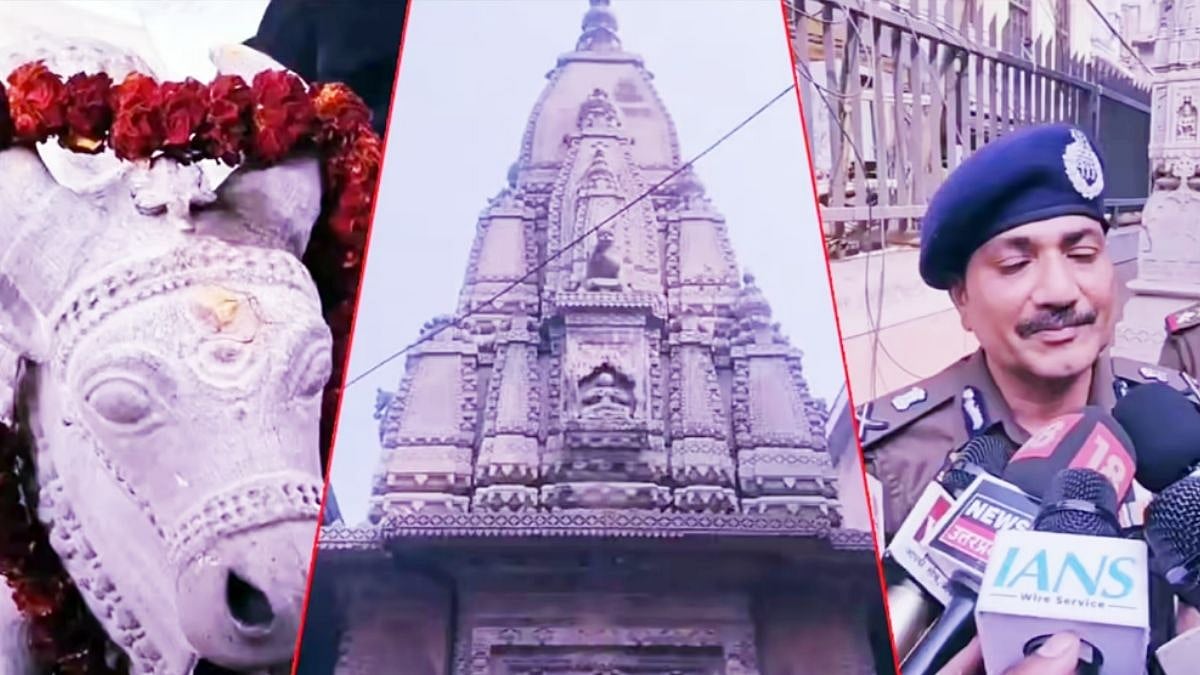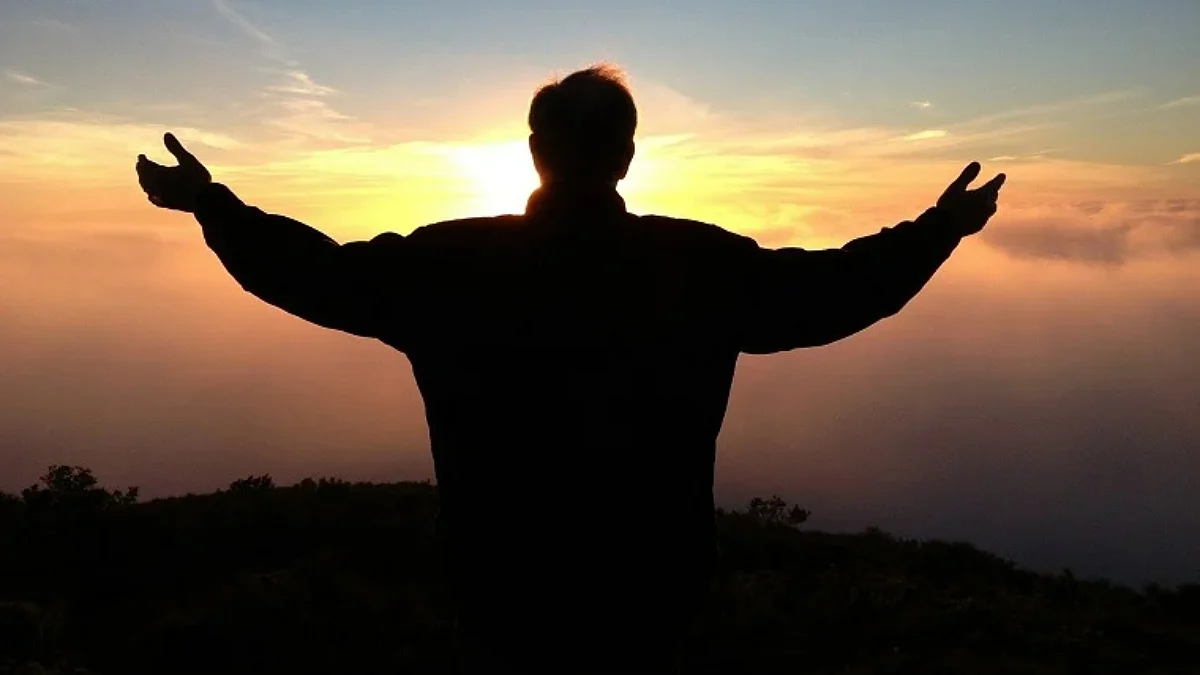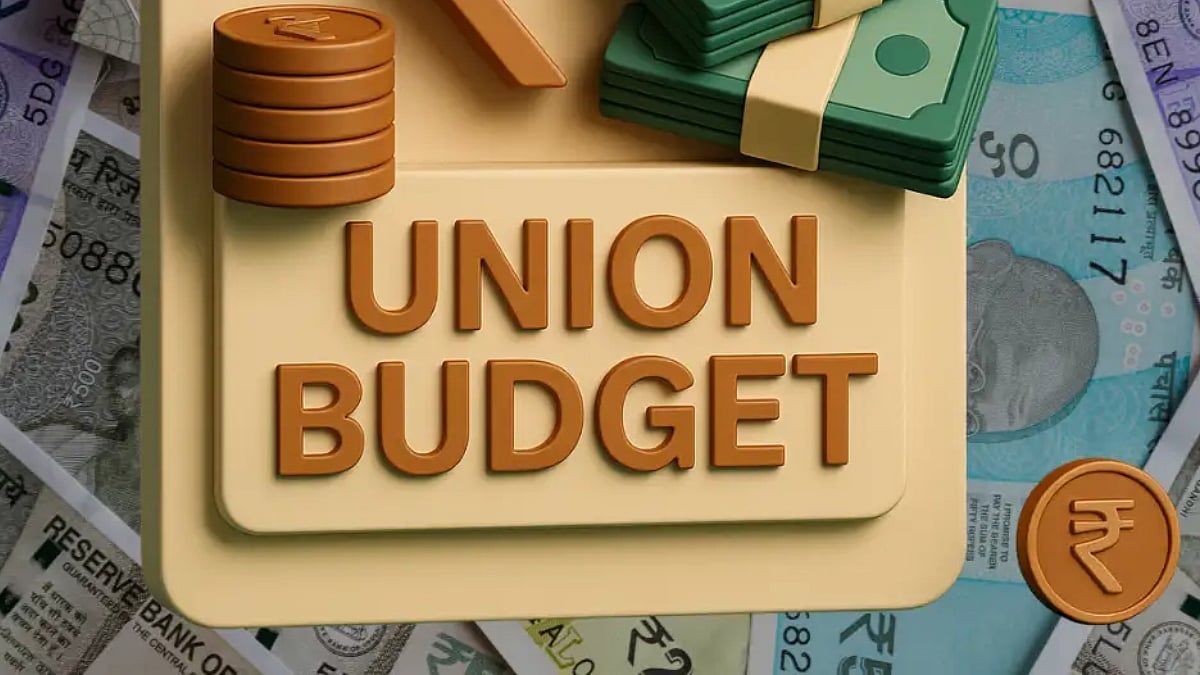The Congress promise of bridging inequalities in wealth and distributing land to the poor is no longer merely a subject of electoral banter. Overnight, it has become scarily real, with the Supreme Court taking up the question of whether private property can be considered as community resources, and therefore be redistributed to serve the public good.
Both the Congress promise and the case before the apex court have to do with Article 39 of the Constitution of India. This is bound to make property-owning citizens, whether rich or poor, a tad uneasy.
Article 39 states: “The State shall, in particular, direct its policy towards securing... b) that the ownership and control of the material resources of the community are so distributed as best to subserve the common good; c) that the operation of the economic system does not result in the concentration of wealth and means of production to the common detriment.”
So, the case before the nine-judge bench of the apex court had to do with 39 (b) and the Congress’ electoral manifesto has to do with both 39 (b) and (c). The court will consider whether the state has the right to treat privately owned properties as ‘material resources of the community’ which can be redistributed for the common good. The judgment will determine the extent of freedom that a Congress-led government would have in delivering on its electoral promises!
Why are we confronting what sounds like an archaic Marxist notion? For two reasons. Bizarrely, a few decades ago, a section of the apex court ruled that privately-held properties did count as community resources! This was challenged and ended up before the current bench. Second, the newly hyper-socialist Congress has a long history of using Article 39 to justify progressive dilution of the right to property.
The right to property was originally a fundamental right, enshrined in Articles 19 and 31. But the very first Amendment to the Constitution, in 1951, modified this right by introducing a proviso that the state’s acquisition of privately or commonly-held lands couldn’t be legally challenged on the grounds that it infringed fundamental rights.
No subject has prompted as many amendments to the Constitution as property rights. The fourth amendment to the Constitution ensured that any law providing for acquisition of private property could not be challenged on the grounds of “inadequate compensation”. In effect, the state could arbitrarily take over private property and just as arbitrarily, decide how much to pay for it.
The judiciary battled heroically to protect citizens from such laws, but that just gave rise to more amendments. The 25th Amendment of 1971 introduced yet another proviso, stating that any law giving effect to the directive principles specified in Article 39 couldn’t be legally challenged on the grounds that it diluted fundamental rights – even if the law didn’t achieve its stated purpose of subserving the common good. As Article 39 refers to the economy in its entirety, any number of laws could be deemed exempt from judicial scrutiny!
Then came the 44th Amendment, which jettisoned the right to property under Articles 19(1)(f) and 31 altogether. The right to property was shifted to Article 300 A, making it a legal rather than a fundamental right. Dispossessed individuals could no longer get speedy justice from the apex court under Article 32; they would have to approach the High Court under Article 226.
Successive amendments created a situation whereby, in the words of a prominent constitutional expert, “if a poor man’s hut is taken away without compensation, by a law which provides for accommodation to the office of the political party in power, the former shall have no legal remedy under the sky.”
In fact, millions of farmers were dispossessed and displaced, with little or no compensation. Not for the reasons specified in Article 39, but to enrich the already rich. Thousands of acres acquired from villages for a pittance were given away to private-owned companies.
The state’s power of eminent domain — the power to take over privately owned property without the consnt of the owner and convert it to public use — became limitless, ruthless, conscienceless. ‘Public use’ became whatever politicians and bureaucrats decided. In effect, the state could confiscate anyone’s property for any reason and hand it over to whoever it pleased.
In 1995, the then director of the Institute for Judicial Training and Research, ML Singhal, wrote: “Now, if the property of a person has been acquisitioned/requisitioned even not for a public purpose, and without payment of compensation though under the authority of law, the owner cannot grouse or grumble against the same, the Legislature is no more under a Constitutional obligation to pay the compensation what to say of adequate compensation. Such a person cannot ventilate grievance before the Court that the compensation granted is illusory one.”
In 2013, the Right to Fair Compensation and Transparency in Land Acquisition, Rehabilitation and Resettlement Act was passed, to amend previous abuses and prevent arbitrary acquisitions. As the name suggests, the law mandated fair compensation. The law remains intact despite the efforts of the incumbent NDA to dilute it, but has led to numerous lawsuits between aggrieved parties and government agencies. Conflicting views within the judiciary have not helped to clarify matters.
It is for the apex court to safeguard what is left of the right to property, and protect citizens against what 19th century political econmist Frédéric Bastiat dubbed “legal plunder”. After all, the arbitrary acquisition of private property is the hallmark of an authoritarian state, and the right to property is integral to personal liberty.
Bhavdeep Kang is a senior journalist with 35 years of experience in working with major newspapers and magazines. She is now an independent writer and author









